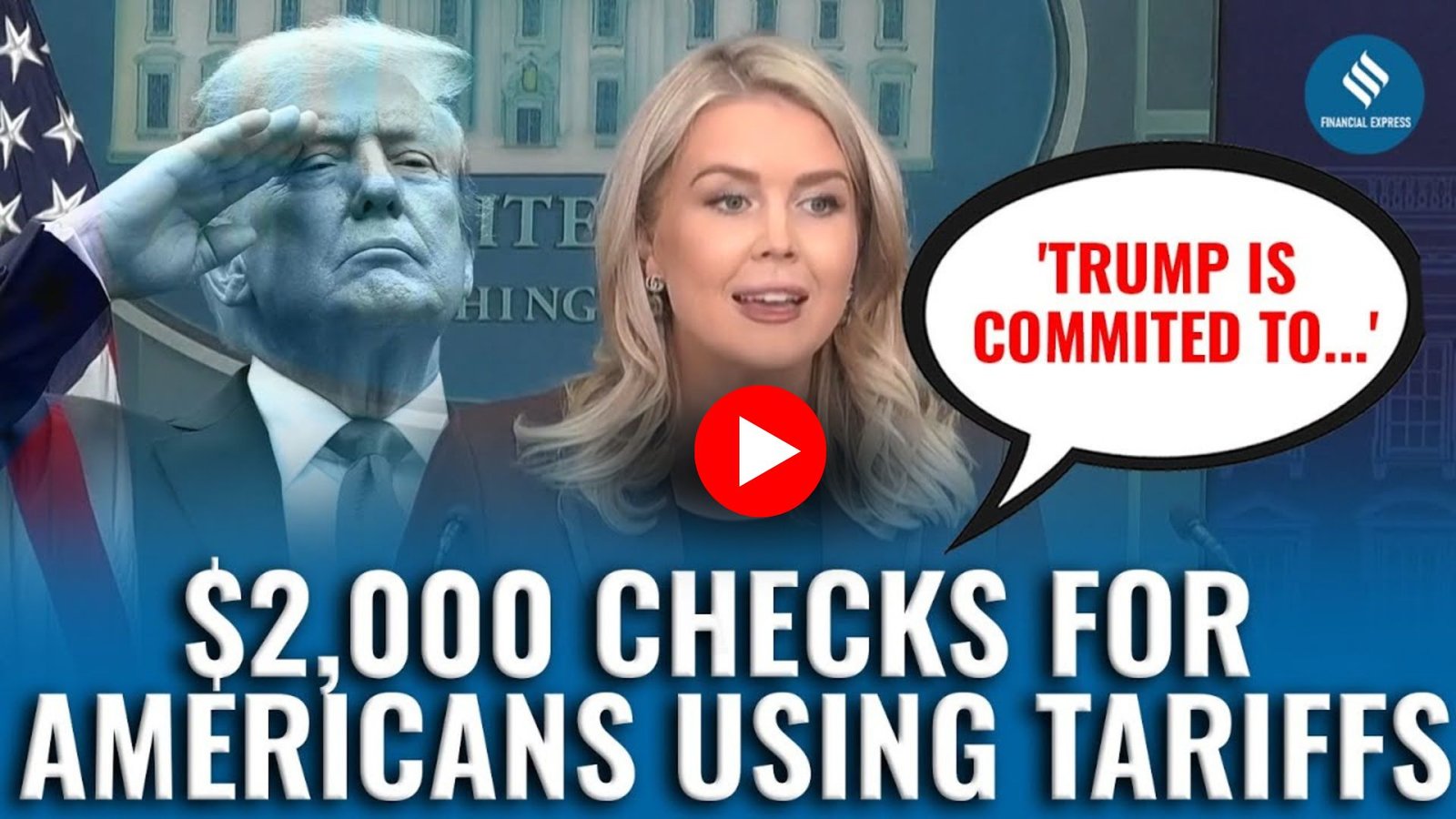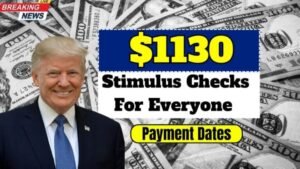The announcement landed like a thunderbolt: **Donald Trump plans to send $2,000 checks to Americans, funded by tariff revenue. It sounds almost too good to be true—but behind the excitement lies a complex web of trade policy, legal questions, and budget numbers. Keep reading to uncover how this works, who might get it, and whether you should really expect a check.
What the Proposal Is
The core idea is both bold and simple: America collects billions through tariffs—taxes on imports—and then funnels that money back to citizens. According to the White House, Trump remains “committed” to delivering a $2,000 dividend to each eligible American using tariff income. The twist? It excludes high-income earners and could require new legislation to become a reality.
How We Got Here: A Brief Background
This initiative ties into Trump’s trade-policy approach. After re-imposing and raising tariffs, the idea emerged that the resulting revenue could be used not just for budget deficits but for direct payments to Americans. The dollar amount—$2,000—echoes pandemic stimulus checks yet springs from a very different fund: tariff revenues.
Why It’s Important & Why It Matters Now
In an era of rising living costs and stagnant wages, the idea of a one-time $2,000 check grabs attention. For voters and households, that kind of payment can feel like a lifeline. For taxpayers, it raises questions about fairness and sustainability. For markets and trade watchers, it signals a shift: using trade policy as direct economic relief. Its relevance is huge—if it happens.
How You Might Benefit—or Not
If you’ve been watching your budget, you might be wondering: “Will I get one?” Here’s how it could play out:
Eligibility & Mechanism
- The payment targets middle- and lower-income Americans, excluding “high earners”.
- Funding is proposed through tariff revenue, not standard tax revenue.
- Details are still murky: How “high income” is defined, when payments would occur, and what form they take.
- Congressional approval and legal clarity are required.
Key Features & Potential Benefits
| Feature | What it suggests |
|---|---|
| Payment amount | $2,000 per eligible person |
| Funding source | Tariffs (trade duties) |
| Income cap | Likely excluding high-income earners |
| Payment timing & method | Not finalized—could be checks, tax credits, etc. |
| Legislative/legal hurdles | Significant—requires Congress and judicial clarity |
Pros vs. Cons
| Pros | Cons |
|---|---|
| Direct relief to households | Funding may not cover full cost |
| Signals strong trade policy commitment | Could increase inflation or deficit risks |
| Appeals politically in cost-of-living debate | Many details remain undefined |
Notable Facts & Figures
- Tariff revenue for the U.S. reached roughly $195 billion within a recent fiscal period—but that’s still less than needed for full coverage.
- If every person received $2,000, the cost could approach $300 billion depending on eligibility cutoffs.
- Payment could come in various forms—not necessarily a paper check. The Treasury noted the “dividend” might mean tax breaks instead.
Expert Tips & Insights
- Watch for legislation: This plan needs Congressional backing.
- Monitor your income level eligibility: If a cutoff is set (e.g., under $100K), being just over it could exclude you.
- Stay alert for timing: Even if approved, distribution could take months or happen in phases.
- Consider economic ripple effects: If tariffs drive up prices, the net benefit of $2,000 may be reduced.
Frequently Asked Questions (FAQs)
Q: Is this $2,000 check guaranteed?
A: No—it’s a proposal, not a law. It requires legislation and may face legal challenges.
Q: Who will be eligible?
A: Details are not final, but it appears aimed at non-high-income Americans. Upper-income earners may be excluded.
Q: When will I receive it?
A: There’s no definitive date yet. Approval and logistical setup must happen first.
Q: Is this just another stimulus like during COVID?
A: It’s similar in concept (direct payments) but different in funding source (tariffs) and possibly structure (checks or tax credits).
Conclusion: The Final Twist
Here’s the surprise: the tariff revenue meant to fund this generous payment might not be enough to cover every eligible American in the amount promised. Yet if it does happen, it will mark a bold shift in how economic relief is paid out—tying trade policy directly to household budgets. For now, keep one eye on Congress, another on your inbox—and maybe your bank account will thank you.



